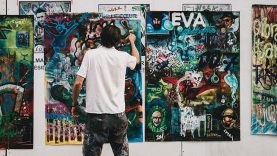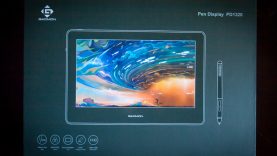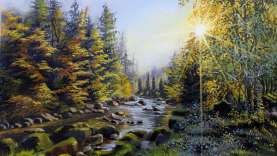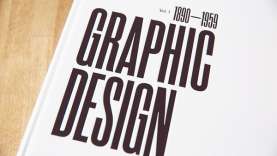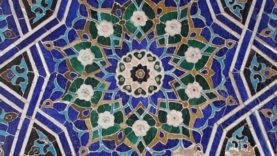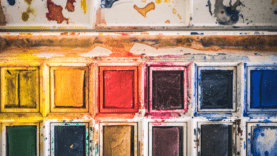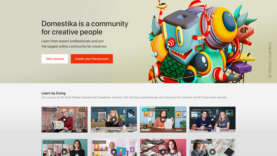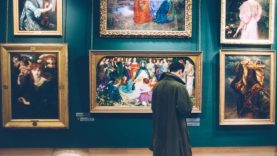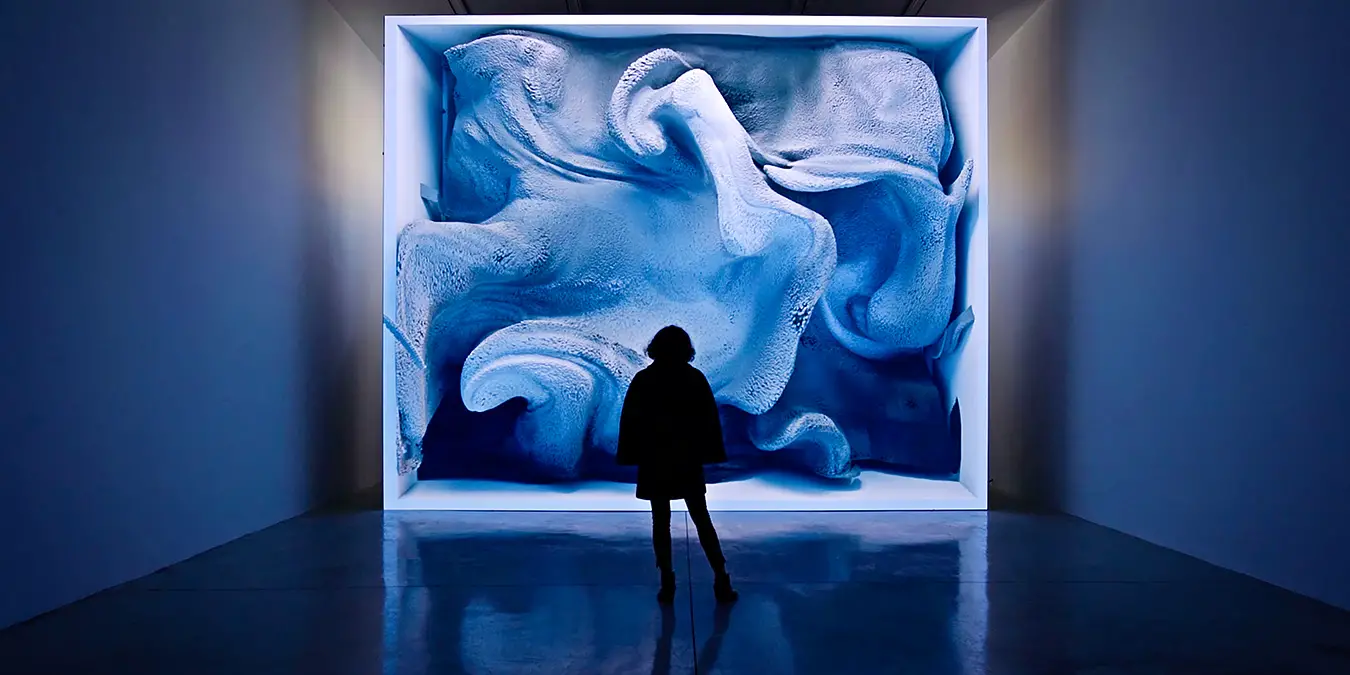
Exploring Contemporary Art: Understanding Modern Art Trends
Contemporary art is a dynamic and ever-evolving field that reflects the complexities of modern life. From innovative techniques to groundbreaking themes, contemporary art continuously pushes boundaries and challenges conventional perceptions. This article explores the latest trends and movements in contemporary art, highlighting how these developments influence the art world and showcasing notable artists and their exemplary works.
Key Trends in Contemporary Art
1. Digital Art and New Media
The Rise of Digital Art
Digital art has emerged as a significant trend, with artists leveraging technology to create and display their works. This includes everything from digital paintings and animations to interactive installations and virtual reality experiences. The accessibility of digital tools has democratized art creation, allowing a broader range of voices to contribute to the art scene.
Notable Artists:
- Mike Winkelmann, aka Beeple: Known for his digital art and NFT (Non-Fungible Token) projects, Beeple’s work has garnered global attention, exemplifying the potential of digital art.
- Refik Anadol: Anadol uses data and machine learning algorithms to create immersive digital installations that transform architectural spaces.
- Olafur Eliasson: Eliasson’s installations often explore the relationship between nature and human perception, emphasizing environmental awareness.
- Agnes Denes: A pioneer in environmental art, Denes’ work, such as the “Wheatfield – A Confrontation,” combines ecological messages with striking visual impact.
3. Social and Political Commentary
Art as Activism
Contemporary artists frequently engage with social and political issues, using their work as a form of activism. This trend includes addressing topics such as inequality, and human rights, with art serving as a powerful medium for social critique and change.
Notable Artists:
- Ai Weiwei: A prominent figure in contemporary art, Ai Weiwei’s work regularly critiques political systems and advocates for human rights.
- Kara Walker: Walker’s provocative silhouettes confront issues of race, and history, making bold statements about societal injustices.
4. Abstract and Conceptual Art
Beyond the Visible
Abstract and conceptual art continue to evolve, focusing on ideas and emotions rather than traditional visual representation. This trend challenges viewers to engage with art on an intellectual and emotional level, interpreting meaning beyond the visible.
Notable Artists:
- Gerhard Richter: Known for his abstract paintings, Richter’s work explores the interplay of color, form, and perception.
- Jenny Holzer: Holzer’s conceptual art uses text and installations to provoke thought and dialogue on contemporary issues.
5. Cross-Disciplinary Collaborations
Blurring Boundaries
Cross-disciplinary collaborations between artists and professionals from fields such as science, technology, and architecture are becoming more common. These collaborations result in innovative works that blend art with other disciplines, creating new forms of expression and expanding the possibilities of contemporary art.
Notable Artists:
- Tomás Saraceno: Combining art, architecture, and environmental science, Saraceno’s installations explore sustainable living and the interconnectedness of life.
- Studio Drift: This collective merges technology and natural processes to create dynamic installations that mimic natural phenomena.
Influences on the Art World
Market Dynamics
The rise of digital art and NFTs has significantly impacted the art market, creating new opportunities for artists to monetize their work and for collectors to invest in digital assets. This shift is redefining value and ownership in the art world.
Exhibition Practices
Contemporary trends have influenced how art is exhibited. Virtual exhibitions, interactive installations, and immersive experiences are becoming standard, making art more accessible and engaging to diverse audiences.
Educational Impact
Art education is also evolving to incorporate these trends, with institutions offering courses on digital art, environmental art, and socially engaged practices. This prepares the next generation of artists to continue pushing boundaries and addressing contemporary issues through their work.
Conclusion
Contemporary art is a vibrant and multifaceted field that continually adapts to and reflects the complexities of the modern world. From digital innovations to social activism, the latest trends in contemporary art offer exciting opportunities for artists and audiences alike. By understanding these trends and the notable artists driving them, we can appreciate the profound impact of contemporary art on culture and society.
As the art world evolves, staying informed about these trends and movements ensures a deeper appreciation of contemporary art’s role in shaping our understanding of the world around us. Whether you are an art enthusiast, a collector, or a casual observer, exploring contemporary art provides valuable insights into the diverse and dynamic landscape of modern creativity.



